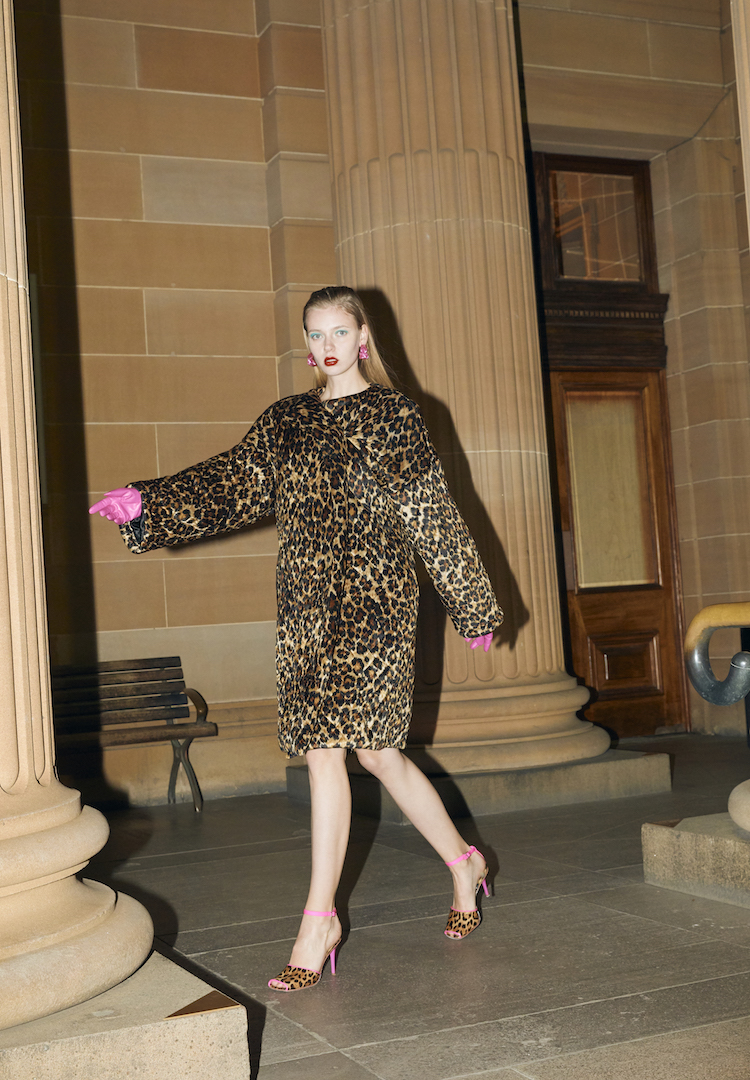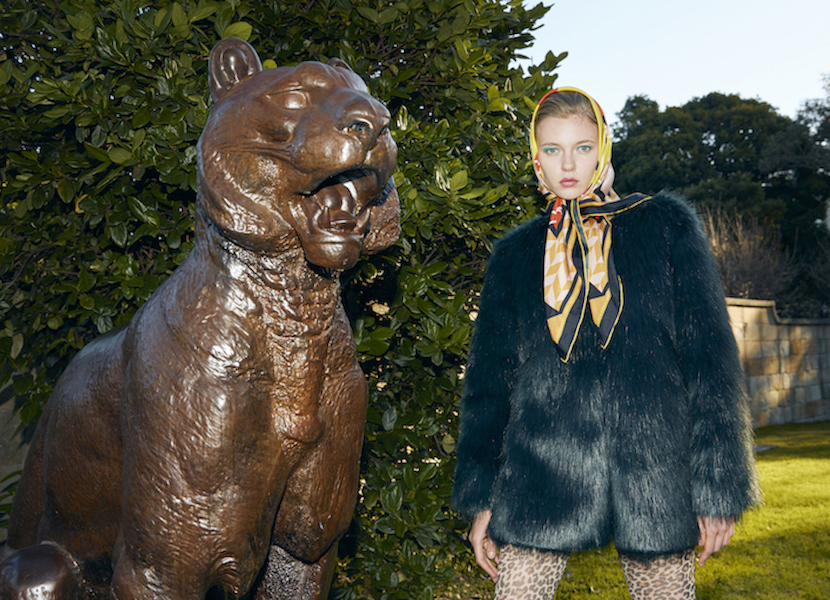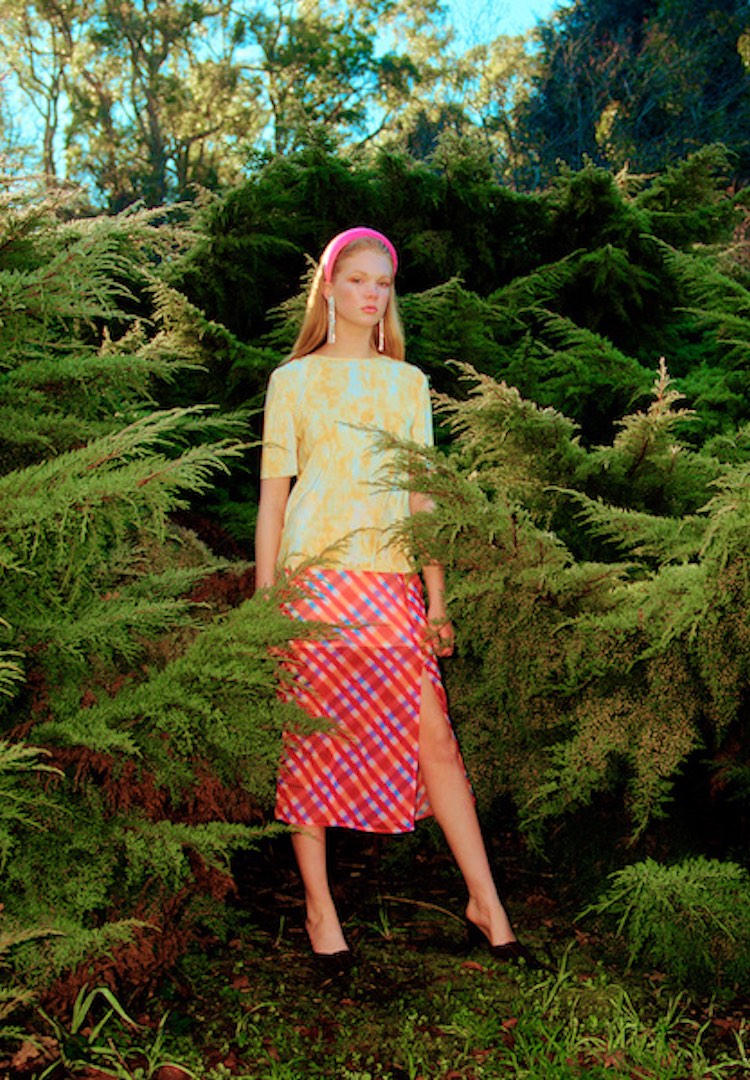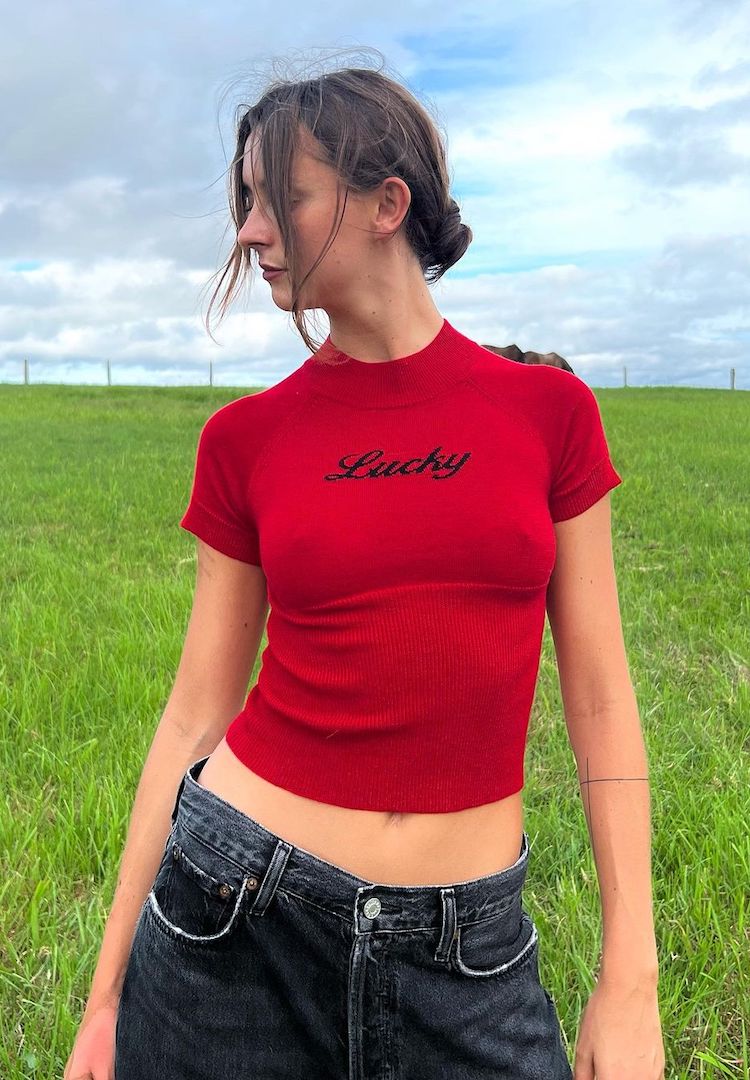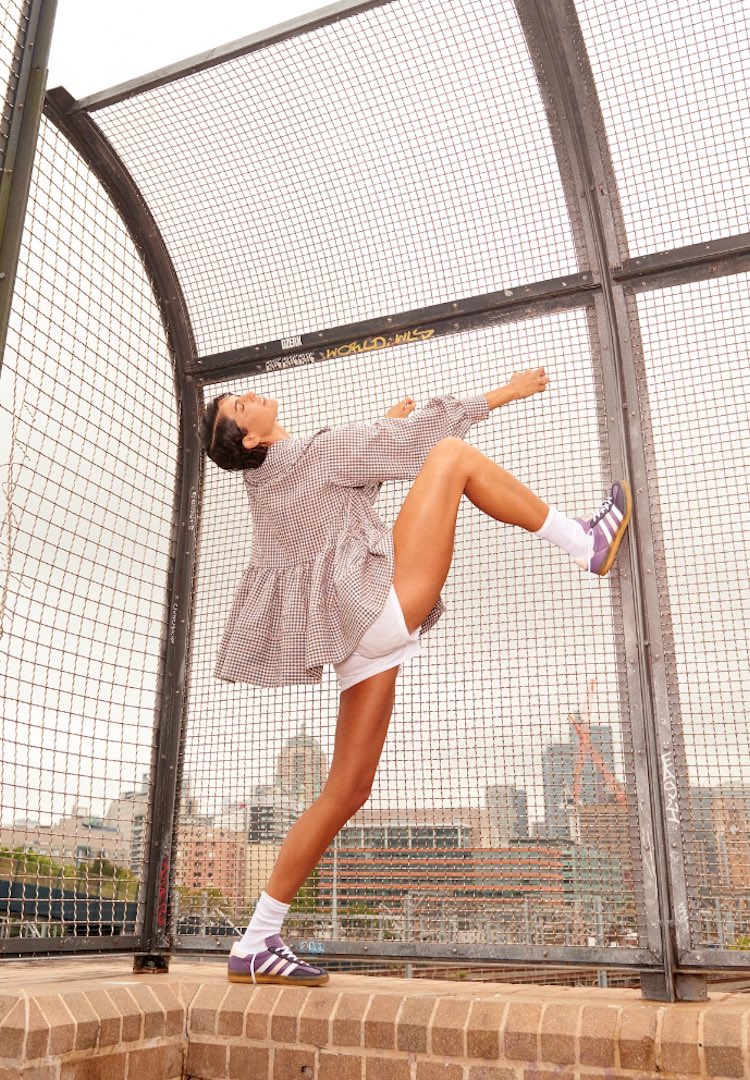Four Paws releases its first Animal Welfare in Fashion Report and the findings are shocking
Photography by Seung-Rok
Words by Helena Bammant
The real cost of your clothes.
Lately, shoppers have been faced with more decisions than ever when it comes to living out their ethics. Many of us are starting to question our everyday purchasing decisions so we can take a more informed approach to fashion.
While much of the conversation about the fashion industry to date has focused on its environmental, economic and social impact, customer concern for the way animals are treated is growing exponentially.
A 2019 YouGov poll found that 80 per cent of Australians are concerned about the welfare and treatment of animals in at least one fashion category.
The fur-free movement has seen great success lately, with numerous luxury brands and retailers declaring that they are now fur-free, but many other aspects of animal’s treatment in fashion have been neglected.
Every year, over half a billion cattle, goats, sheep, pigs and lambs end up being used directly in fashion for footwear, clothing and accessories. But when it comes to the welfare of these animals, there is a big gap between what brand policies say and what brands actually do.
Animal welfare group Four Paws has developed the world’s first ‘Animal Welfare in Fashion Report’ and the findings show that fashion brands are currently doing very little (and know very little) about their animal supply chains.
The report looks at 77 leading Australian and global brands, with the majority owned by nine of the world’s top 20 publicly listed fashion companies. It assesses animal welfare in their supply chains, with a focus on four key spotlight issues of material consideration – wool, down, exotic leather and fur.
An overwhelming 96 per cent of fashion brands use wool in their supply chains, but only 29 per cent of brands communicate to their customers whether they source wool from non-mulesed sheep (mulesing is the removal of strips of wool-bearing skin from the buttocks and it can cause intense pain and stress).
Despite mulesing being illegal in other countries, in Australia it is completely legal to perform, even without anaesthetic. Traceable certification schemes such as Responsible Wool Standard and ZQ Merino are in place but unfortunately, only 12 per cent of brands have been certified.
Fortunately, the use of down in fashion is well ahead of wool and leather for upholding high animal welfare standards. 60 per cent of brands sourcing down currently have a formal animal welfare policy or statement in place. This means they have sourced their fully certified and traceable down at the Responsible Down Standard.
But for the other 40 per cent, down is often sourced using the practice of live-plucking, a cruel procedure which involves geese being restrained while their feathers are torn from their skin.
The fur-free movement has made remarkable progress in recent decades, with over 1100 fashion labels including Chanel, Prada, H&M, Michael Kors, Gucci and Armani having committed to fur-free policies, and only 8 per cent of brands worldwide still using real animal fur.
But there are still many concerns about the labelling of ‘faux fur’ and its sustainability. An investigation as part of the report found that faux fur was often sourced from dogs or raccoons or provided no label information at all.
Millions of wild reptiles are also killed for their skin to produce exotic leather. Many of these are sold for profitable illegal trade which is causing conservation issues and the continued decimation of threatened populations.
None of the brands in the report that source exotic leathers have a formal animal welfare policy in place. Without this policy, brands cannot proactively address animal welfare issues or communicate their expectations.
Despite the many exciting innovations happening in fashion right now, only 1 per cent of brands are currently using or working on sustainable alternatives to replace animal-based materials, and only 6 per cent of these brands have committed to reducing or eliminating at least one animal-based material in their supply chains.
But it is not all bad news – many brands are beginning to take proactive steps forward. And, most significantly, the report will be a useful tool to highlight the progress of these brands and retailers in a collective effort to improve the world for animals, people and the environment.
You can read the full report here.


